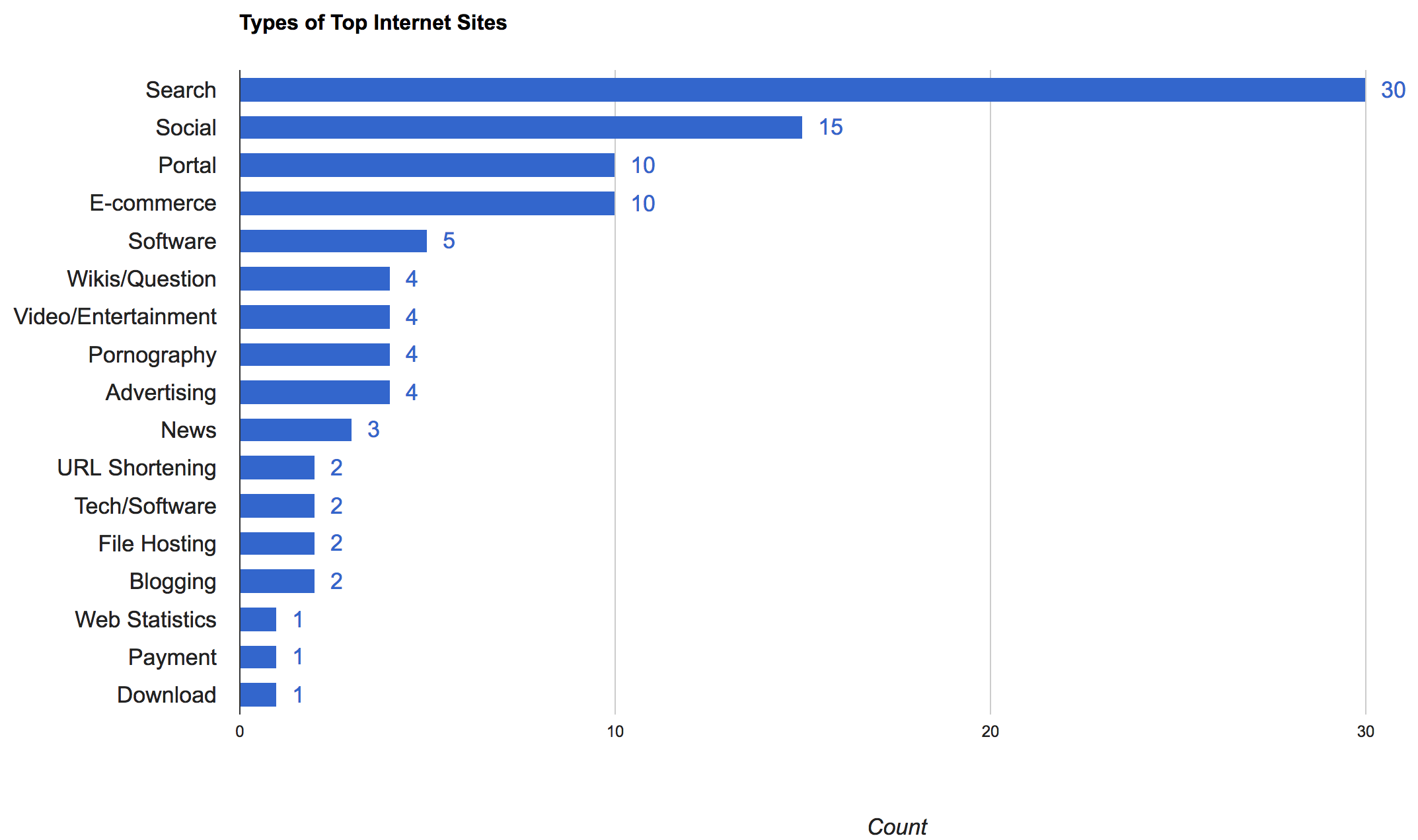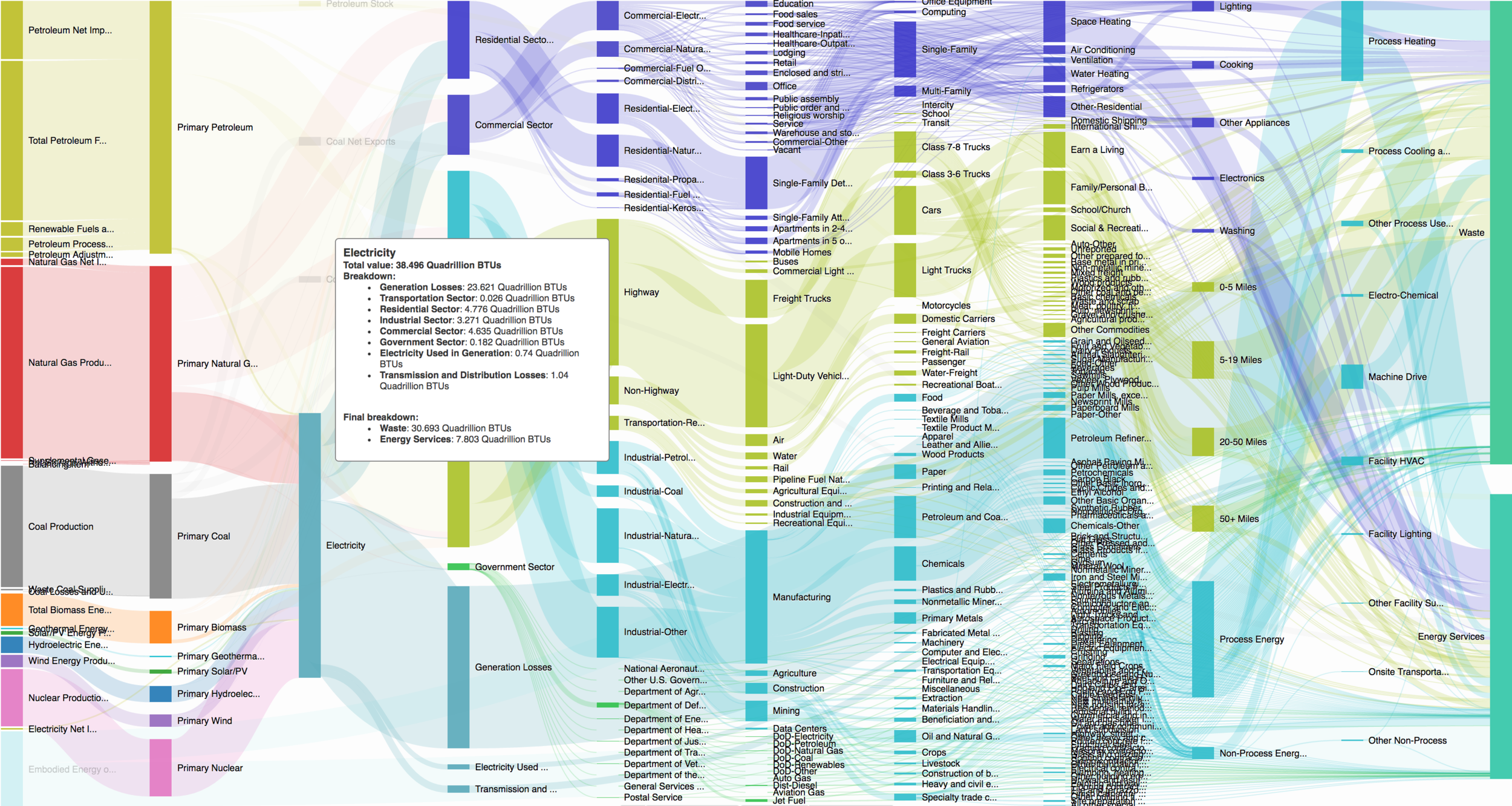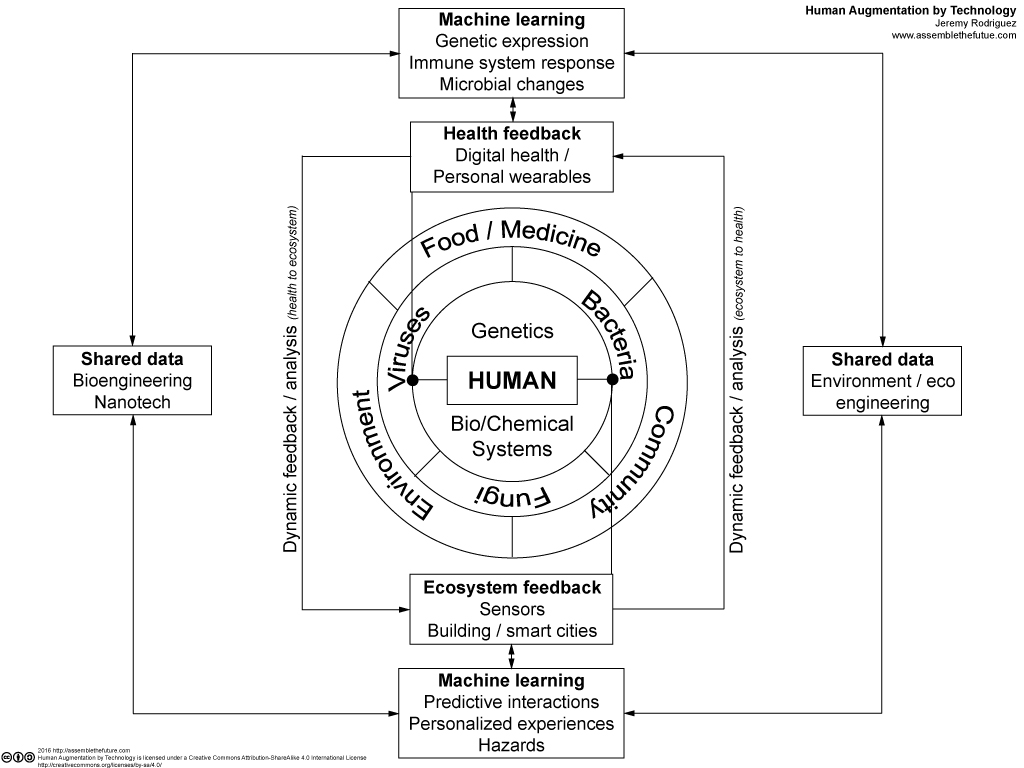Today, I want to share perspectives on the research of Dr. Johnathan Koomey. Who worked with me and others in the organization to understand the people who were driving the innovation.
Change starts in, and with, management
Be it cultural, operational, or otherwise, change starts from the top down, and the tides of change at eBay began moving in 2009, with the addition of Dean Nelson to the executive team.
As the newly appointed Senior Director of Global Data Center Strategy, Architecture, and Operations, Dean’s idea was to optimize the technology of eBay by optimizing the culture of the company first.
Disparate budgets were consolidated, long-term visions were tied together, and innovative new teams were formed to fit the ever-evolving needs of both the business and the industry at-large.
For years, eBay operated on a mentality of “cut costs, mitigate expenses,” particularly when it came to the subject of IT infrastructure.
But in order to accomplish the goals outlined by Dean and his team, the company would need to become a culture of “optimum efficiency”—even if that efficiency meant a modest hit to the bottom line.
Did it happen overnight?—of course not. Cultural change is not easy to invoke at any enterprise organization…
In my work with Dean we focused on key hires and employee development to create many industry record breaking firsts and to advocate an environment of mutual respect to propagate knowledge and enhance careers.
Organizational change leads to technological change
When the organization’s mindset successfully shifted from “cut costs” to “maximize efficiency”, it naturally led to technical changes at eBay.
“How can we improve our technology to take our efficiency to new heights” became the prevailing question, and it facilitated the type of conversation that led to projects like Mercury and Quicksilver.
These two projects (Mercury launched in 2010, Quicksilver in 2013) were different initiatives in terms of execution, but their underlying goal was the same—optimize the infrastructure for more performance and efficiency at an optimal cost.
Project Mercury was a venture into the world of data centers. Specifically, we hoped to develop a new, high-efficiency data center capable of amplifying the impact of on existing, but aging, data center built in 2006. It was a venture and investment that would not have occurred had the company not made a shift in focus to efficiency with a positively reinforced team.
Project Quicksilver explored the implementation of Bloom Energy Fuel Cells as a means of primary data center power, rather than backup power. The result?—we not only created a more environmentally-friendly data center in the highly coal based state of Utah, it also created a data center that would be more readily available thanks to its resilience to grid-based power shortages. Quicksilver symbolized a major leap forward in the evolution of IT infrastructure, a leap forward that looked comprehensively at an entire IT deployment across an organization focused on efficiency and improvements in industry that is in dire need of innovation.
Wrapping it all together
The organizational shift to more wholly focus on efficiency is at the very center of improvements in infrastructure over the last seven years.
The lesson for other business leaders is, true change within a company—infrastructure or otherwise—cannot take place without a focus on organizational dynamics and team environmental change. The prevailing attitudes and focuses of leadership must occur first before the rest of the business can buy-in and take real, innovative action.
References:












